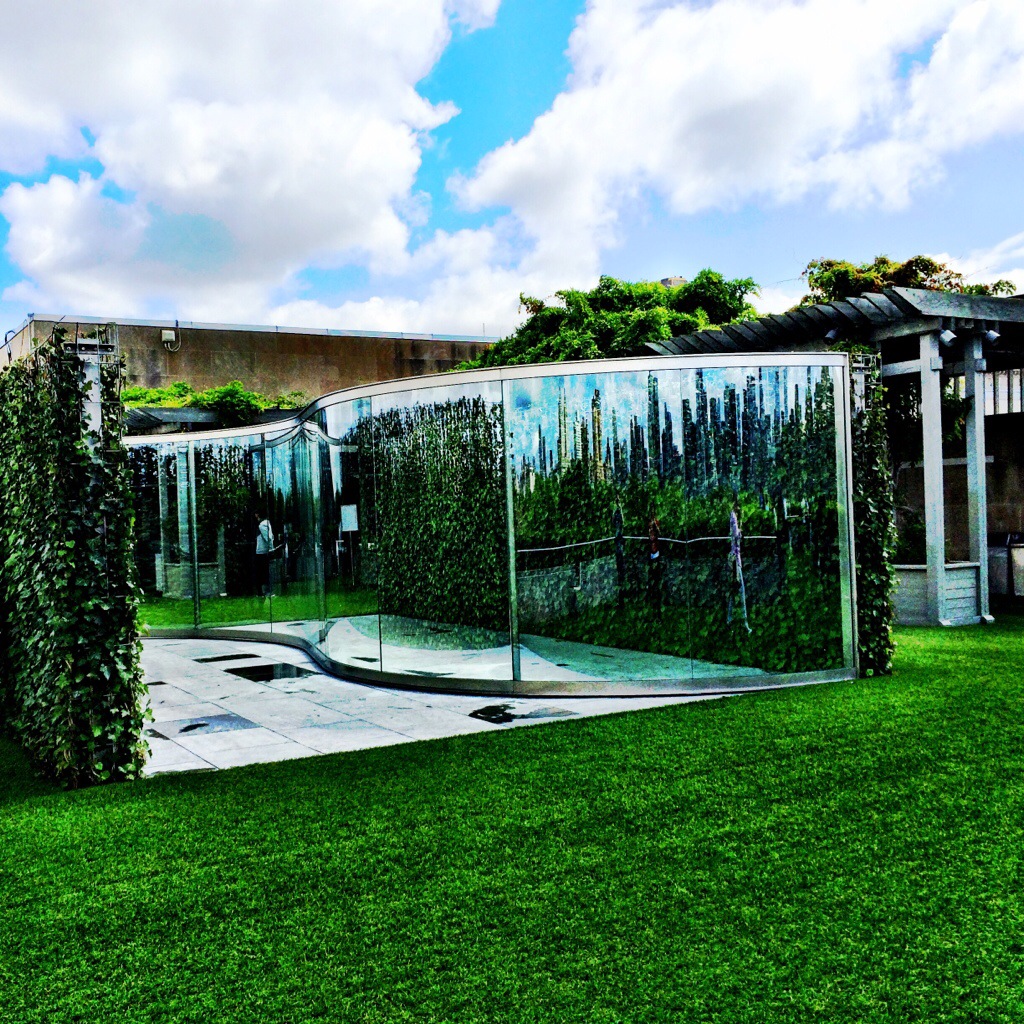After the three posts I wrote up yesterday, I think I’ve covered most of what I wanted to cover, regarding my move from Blogger to WordPress. But I also want to write up an initial post on themes and plugins. I actually haven’t quite figured out exactly which plugins I’m going to use for everything, and I’m pretty sure I haven’t settled on a final theme yet, but I want to write up some initial notes.
Themes
The current default theme for a new WordPress install is “Twenty Fourteen“, which, I was pleasantly surprised to see, is actually a really nice, modern, responsive theme. I haven’t liked most of the older default WordPress themes, for various reasons. But, even if it’s a good theme, it’s always a bad idea to stick with the default, since it really doesn’t allow your site to stand out in the crowd. For now, I’m using the “Responsive Theme“, which was one of the pre-installed themes. (I’m not 100% sure if it’s part of the standard WordPress.org install, or just part of the standard 1&1 install.)
Looking around at different themes, I think I’ve figured out what I want in a theme: I want something responsive, that can look good on the desktop, and on mobile devices. And I want something that’s not too fancy, that looks good on a mostly text-based blog. Many of the commercial themes that I see out there are oriented towards a particular type of site, and it’s usually not a standard blog style site. I have found a few candidates that might work well for me, including “Responsive Pro“, the paid version of the free theme I’m currently using. Before I spend any money on a theme, though, I want to learn a bit about creating child themes. I may be able to jazz up my current theme enough, via a child theme, that I won’t feel like I need to buy a commercial theme.
Plugins
The standard 1&1 install of WordPress included an interesting array of plugins, most of which seem to be fairly useless and/or out of date. The one major plugin that I’ve activated so far is Jetpack. The main purpose of this plugin is to give self-hosted sites a lot of the same bells and whistles that are provided to blogs hosted on WordPress.com. This plugin bundles up quite a few bits of functionality, some of them major, and some minor. I’ve activated some of the sharing and publishing functionality, so I’ve got the usual “share this” buttons on my posts, and so that I can push notifications to Twitter and Google+ when I publish a new post. And I enabled the enhanced commenting functionality, so that people can leave comments on this blog via their WordPress.com, Twitter, Facebook, or Google accounts. So, basically, social networking obnoxiousness all around! There’s quite a lot of other functionality in Jetpack; I won’t get into all of it, but some of it is really useful.
As to other plugins, I’m not sure if I really need much more. I’ve been looking at a few backup plugins, but I can probably handle that via a shell script and cron job on 1&1. There’s a backup service called VaultPress that’s available via JetPack, but it costs $5 per month, minimum, and I’m not sure I really need to pay for backup.
Analytics and Adsense
One more topic for this post: I have added my Google Analytics code to this site, via a little text box that is (I think) provided by my theme. There are plugins specifically for Google Analytics, but I don’t think I really need one of those. I also get analytics through the JetPack plugin, and those look interesting. I won’t really get a good picture on those until the blog has been up and running for more than a week, but honestly I could probably remove the Google Analytics code and just use the JetPack stuff.
And I’ve gone ahead and stuck some Adsense code inside a text block on my sidebar. I have mixed feelings about that though. I had Adsense ads on my Blogger site for several years, and I still haven’t broken $10 total in ad revenue. I think I average 2 cents per month. I really just put it on the site out of curiosity. Looking at the ads I’m getting, some of them are reasonable (Verizon, Aereo, and other tech stuff), but some are a little skeevy. I think I’m probably going to drop the ads, unless, for some reason, the revenue picks up, and/or I stop seeing the really questionable ads.




